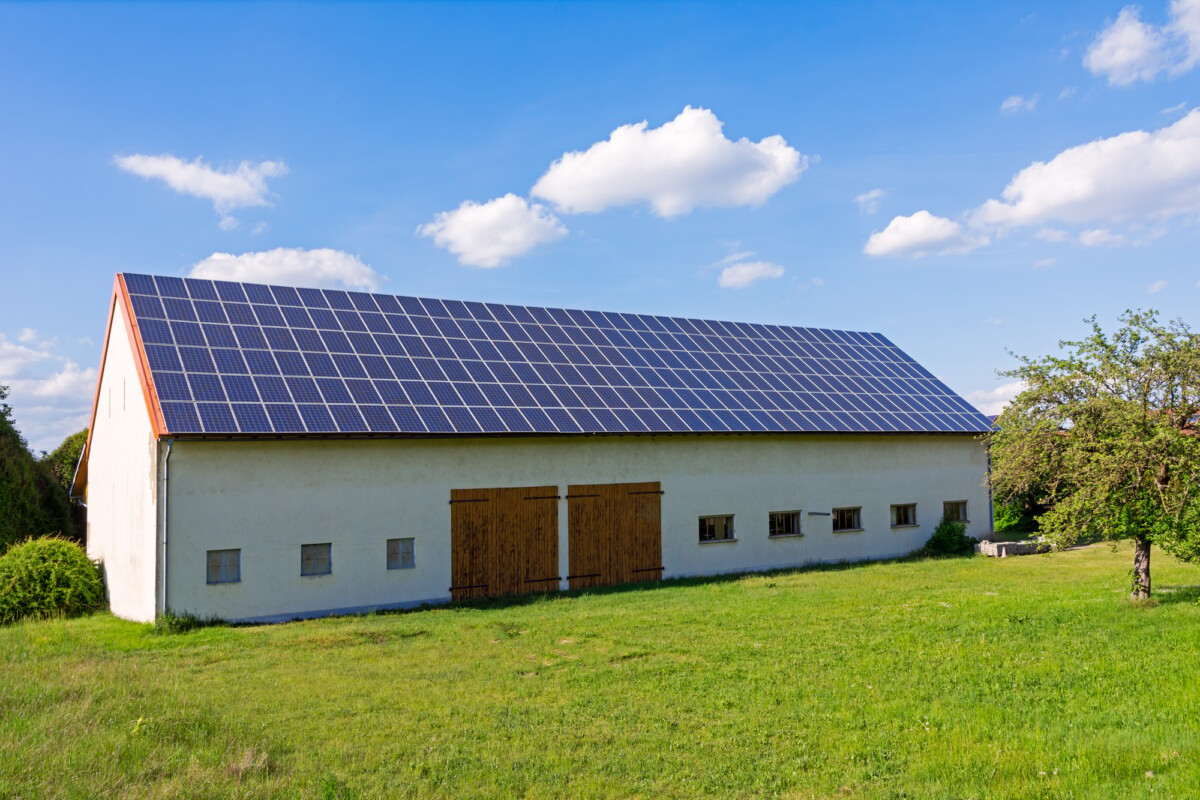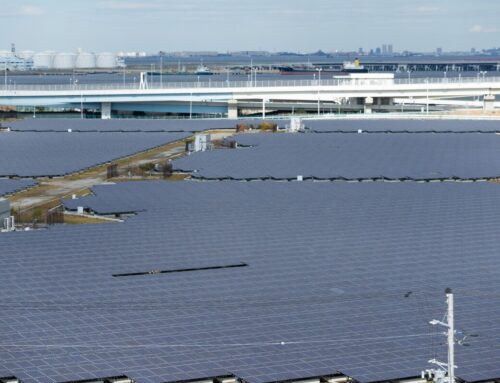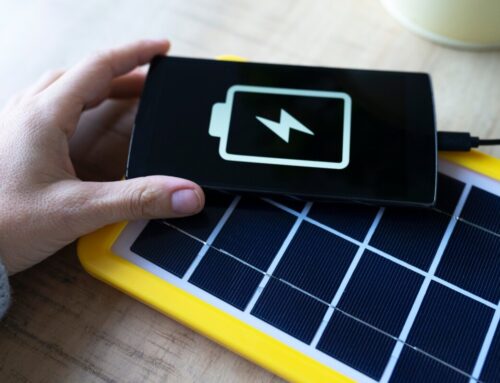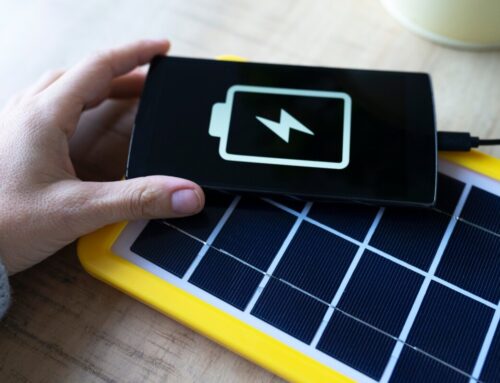Simplifying Solar Power Calculation Formula
Understanding the Basics: What is the Solar Power Calculation Formula?
Are you curious about how solar panels transform sunlight into usable energy? The Solar Power Calculation Formula is your gateway to understanding this fascinating process. Many people find themselves puzzled by the technicalities of solar energy, but fear not! This guide will break down the formula into simple terms, ensuring you grasp the essentials and feel confident in your solar energy journey.
The Solar Power Calculation Formula is a straightforward method to estimate the energy output of a solar panel system. At its core, the formula considers three main factors: the solar panel’s efficiency, the amount of sunlight received, and the surface area of the panels. By understanding these components, you can predict how much energy your solar setup will generate.
Key Components of the Formula
- Solar Panel Efficiency: This measures how well a panel converts sunlight into electricity. Higher efficiency means more power.
- Sunlight Received: Measured in peak sun hours, this varies by location and season.
- Panel Surface Area: Larger areas capture more sunlight, increasing potential energy output.
By applying the Solar Power Calculation Formula, you can make informed decisions about your solar energy investments, ensuring optimal performance and sustainability.
Why Accurate Solar Power Calculations Matter for Your Energy Needs
When it comes to harnessing the sun’s energy, understanding the Solar Power Calculation Formula is crucial. Imagine investing in solar panels only to find they don’t meet your energy needs. This miscalculation can lead to unexpected costs and inefficiencies. But don’t worry—accurate calculations ensure your solar setup is optimized for maximum efficiency, saving you money and reducing your carbon footprint.
Read Also: Solar Power Plans: Save & Go Green
Understanding the Basics
The Solar Power Calculation Formula involves several factors:
- Solar Panel Efficiency: Determines how much sunlight is converted into usable energy.
- Sunlight Hours: Varies by location and season, affecting energy production.
- System Size: The total capacity of your solar panels.
By considering these elements, you can accurately predict how much energy your system will produce, ensuring it aligns with your consumption needs.
Benefits of Accurate Calculations
- Cost Savings: Avoid over-investing in unnecessary panels.
- Energy Independence: Tailor your system to meet your specific needs.
- Environmental Impact: Reduce waste and maximize green energy use.
Accurate solar power calculations are not just about numbers—they’re about making informed decisions that align with your energy goals.
Step-by-Step Guide: How to Use the Solar Power Calculation Formula
Are you curious about how much solar power your home can generate? The Solar Power Calculation Formula is your go-to tool for estimating energy production. Many homeowners struggle to understand their solar potential, but this guide promises to simplify the process, making it accessible and straightforward.
Understanding the Basics
Before diving into calculations, it’s essential to grasp the basic components of the formula. The Solar Power Calculation Formula considers factors like solar panel efficiency, sunlight exposure, and surface area. These elements combine to provide an accurate estimate of potential energy output.

Curious about solar? Let us help you discover how solar energy can revolutionize your home and save you money. Request Your Free Solar Estimate at SOLAR ENERGY
Breaking Down the Formula
To use the Solar Power Calculation Formula effectively, follow these steps:
- Determine Panel Efficiency: Check the efficiency rating of your solar panels, usually expressed as a percentage.
- Measure Sunlight Exposure: Calculate the average hours of sunlight your location receives daily.
- Calculate Surface Area: Measure the total area covered by your solar panels in square meters.
Putting It All Together
Once you have these values, plug them into the formula:
- Solar Power Output (kWh) = Panel Efficiency (%) × Sunlight Exposure (hours) × Surface Area (m²)
This calculation will give you a clear picture of your potential solar energy production, helping you make informed decisions about your energy needs.
Key Variables in the Solar Power Calculation Formula Explained
Are you curious about how much solar energy your panels can generate? Understanding the Solar Power Calculation Formula is crucial. Many homeowners struggle with estimating their solar power potential, but fear not! We promise to simplify this complex formula, making it easy for you to grasp the key variables involved.
Understanding the Basics
The Solar Power Calculation Formula primarily revolves around three key variables: solar irradiance, panel efficiency, and surface area. Solar irradiance measures the sun’s power per unit area, typically in watts per square meter. Panel efficiency indicates how effectively your panels convert sunlight into electricity. Lastly, surface area refers to the total area of your solar panels.
Solar Irradiance: The Sun’s Power
- Definition: Solar irradiance is the amount of solar energy received per unit area.
- Importance: It varies by location and time, affecting your solar power output.
- Measurement: Typically measured in watts per square meter (W/m²).
Panel Efficiency: Maximizing Conversion
Panel efficiency is a crucial factor in the Solar Power Calculation Formula. It represents the percentage of sunlight converted into usable electricity. Higher efficiency means more power from the same amount of sunlight, maximizing your energy output.
Surface Area: Size Matters
The surface area of your solar panels directly impacts the amount of sunlight they can capture. Larger panels or more panels increase the potential energy generation, making surface area a vital component in the formula.
Common Mistakes to Avoid When Using the Solar Power Calculation Formula
When it comes to harnessing the sun’s energy, the Solar Power Calculation Formula is your best friend. However, many people stumble over common pitfalls that can lead to inaccurate results. Let’s explore these mistakes and how you can avoid them to ensure your solar power calculations are spot-on.
Misjudging Sunlight Availability
One of the most frequent errors is underestimating or overestimating the amount of sunlight your location receives. Accurate sunlight data is crucial for precise calculations. Use reliable sources or tools to gather this information, and remember that seasonal changes can significantly impact sunlight availability.
Ignoring System Efficiency
Another common mistake is overlooking the efficiency of your solar power system. Not all systems are created equal; factors like panel quality, inverter efficiency, and system losses must be considered. Ensure you account for these variables to avoid overestimating your system’s output.
- Panel Quality: High-quality panels offer better efficiency.
- Inverter Efficiency: Choose inverters with high conversion rates.
- System Losses: Factor in losses due to wiring and shading.
Failing to Update Calculations
Finally, many users forget to update their calculations as conditions change. Regularly revisiting your calculations ensures they remain accurate over time. Changes in technology, energy consumption, or environmental conditions can all necessitate recalculations. By staying proactive, you can maximize your solar power system’s efficiency and savings.
How to Optimize Your Solar Power Output Using the Calculation Formula
Are you ready to harness the sun’s energy more efficiently? The Solar Power Calculation Formula is your key to maximizing solar output and minimizing energy waste. Many solar panel users struggle with optimizing their systems, but understanding this formula can transform your energy consumption. Let’s dive into how you can make the most of your solar power setup.
Understanding the Basics
The Solar Power Calculation Formula is straightforward: Power (Watts) = Voltage (Volts) x Current (Amps). By knowing your panel’s voltage and current, you can calculate its power output. This simple equation is crucial for assessing your system’s efficiency and making necessary adjustments.
Factors Affecting Solar Output
- Panel Orientation: Ensure your panels face the sun directly for maximum exposure.
- Shading: Even partial shading can significantly reduce output.
- Temperature: High temperatures can decrease efficiency, so consider ventilation.
Steps to Optimize
- Monitor Regularly: Use a solar monitoring system to track performance.
- Adjust Angles: Change panel angles seasonally for optimal sun exposure.
- Clean Panels: Regular cleaning prevents dirt from blocking sunlight.
By applying the Solar Power Calculation Formula and following these tips, you can enhance your solar power system’s efficiency and enjoy greater energy savings.
Real-World Applications: Solar Power Calculation Formula in Action
Have you ever wondered how solar panels convert sunlight into usable energy? The Solar Power Calculation Formula is the key to unlocking this mystery. This formula helps us understand and optimize solar energy systems, ensuring they deliver maximum efficiency and savings. Let’s explore how this formula is applied in real-world scenarios.
Understanding the Basics
The Solar Power Calculation Formula considers several factors, including the amount of sunlight, panel efficiency, and surface area. By calculating these elements, you can determine the potential energy output of a solar panel system. This formula is crucial for homeowners and businesses looking to invest in solar energy.
Practical Applications
- Residential Use: Homeowners use the formula to estimate energy savings and determine the number of panels needed.
- Commercial Projects: Businesses apply it to assess the feasibility of solar installations, ensuring cost-effectiveness.
- Environmental Impact: By understanding energy output, companies can reduce their carbon footprint effectively.
Whether you’re a homeowner or a business owner, the Solar Power Calculation Formula empowers you to make informed decisions about solar energy investments. With this knowledge, you can harness the sun’s power efficiently and sustainably.
How SolarEnergy Can Help You Master the Solar Power Calculation Formula
Are you intrigued by the potential of solar energy but overwhelmed by the Solar Power Calculation Formula? You’re not alone. Many find the formula complex, yet mastering it is crucial for optimizing solar energy use. At SolarEnergy, we promise to simplify this process, guiding you step-by-step to harness the sun’s power efficiently.
Understanding the Basics
The Solar Power Calculation Formula is essential for determining how much energy your solar panels can produce. It involves calculating the energy output based on factors like sunlight hours, panel efficiency, and surface area. Understanding these components can seem daunting, but breaking them down into manageable parts makes it easier.
- Sunlight Hours: Measure the average daily sunlight your location receives.
- Panel Efficiency: Determine how effectively your panels convert sunlight into electricity.
- Surface Area: Calculate the total area of your solar panels.
Why Choose SolarEnergy?
SolarEnergy offers comprehensive resources and tools to help you navigate the Solar Power Calculation Formula. Our user-friendly guides and expert support ensure you can confidently calculate your solar energy potential, making the transition to solar power seamless and rewarding.
Future Trends: Innovations in Solar Power Calculation Formula Technology
In the rapidly evolving world of renewable energy, the Solar Power Calculation Formula stands as a pivotal tool. But what if we told you that this formula is undergoing a transformation? This evolution promises to enhance efficiency and accuracy, paving the way for more sustainable energy solutions. Let’s explore how these innovations are shaping the future.
Enhanced Precision with AI and Machine Learning
Artificial Intelligence (AI) and Machine Learning (ML) are revolutionizing the Solar Power Calculation Formula. These technologies enable more precise predictions by analyzing vast datasets, considering variables like weather patterns and geographical data. This leads to optimized solar panel placement and energy output, ensuring maximum efficiency.
Integration of IoT for Real-Time Monitoring
The Internet of Things (IoT) is another game-changer. By integrating IoT devices, solar systems can now provide real-time data, allowing for instant adjustments to the Solar Power Calculation Formula. This real-time monitoring helps in maintaining optimal performance and swiftly addressing any inefficiencies.
- Benefits of IoT Integration:
- Real-time data collection
- Immediate system adjustments
- Enhanced system longevity
Future-Proofing with Blockchain Technology
Blockchain technology is set to secure and streamline the Solar Power Calculation Formula. By providing a decentralized ledger, blockchain ensures transparency and security in energy transactions. This not only builds trust but also facilitates peer-to-peer energy trading, making solar power more accessible and reliable.
As these innovations continue to unfold, the Solar Power Calculation Formula is poised to become more sophisticated and integral to our energy future. Embracing these technologies will not only enhance solar power efficiency but also contribute significantly to global sustainability efforts.
FAQ
- How do I calculate solar power needs?
Use the formula:
Solar System Size (kW) = Daily Energy Use (kWh) ÷ Peak Sun Hours - What is the formula for solar panel efficiency?
Efficiency (%) = (Panel Output Power ÷ Solar Energy Input) × 100 - How do I calculate the number of panels I need?
Total System Size (kW) ÷ Panel Wattage (W) = Number of Panels - How much power does a 5kW solar system produce?
A 5kW system generates 15–25 kWh per day, depending on location. - What is the ideal tilt angle for solar panels?
Usually equal to your latitude for maximum year-round efficiency.
Don’t wait to go solar! Thousands of homeowners are saving—join them and start reaping the benefits.
Book Your Free Consultation at SOLAR ENERGY
Explore additional solar solutions at NEW SOLAR QUOTES and discover how it can benefit your home!









